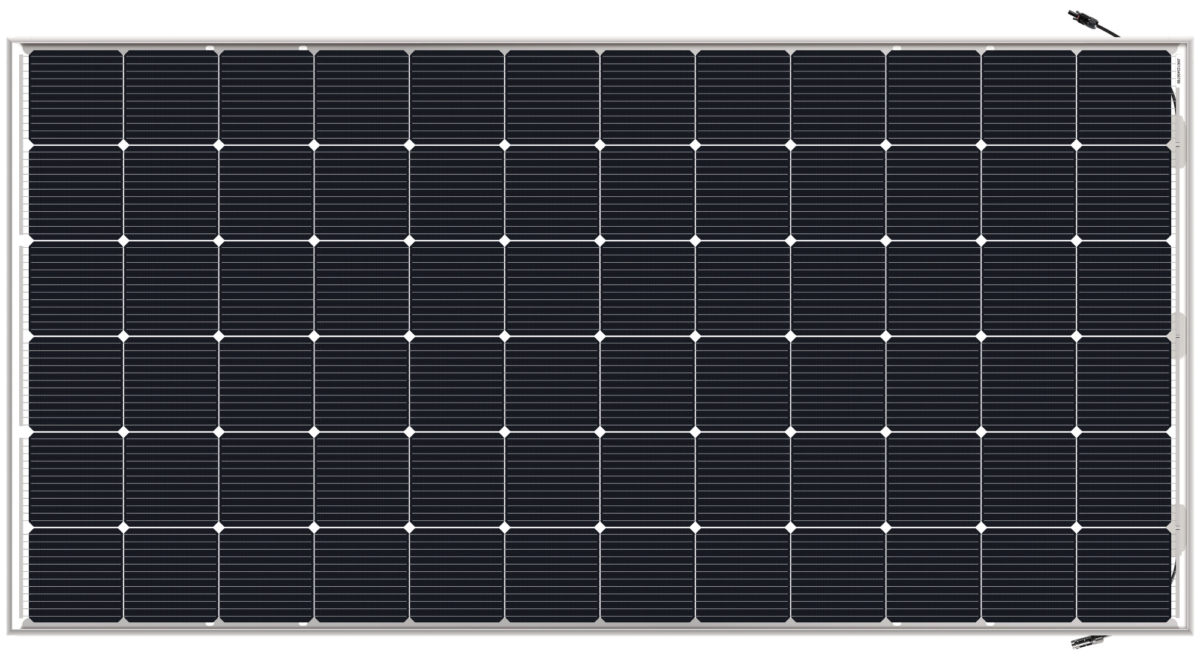Topcon Solar Panels: Pioneering Efficiency in Renewable Energy

In the ever-evolving landscape of renewable energy, technological advancements continually push the boundaries of efficiency and performance. Among these innovations, Topcon (Tunnel Oxide Passivated Contact) technology emerges as a promising solution, poised to revolutionize the solar industry. With its ability to enhance solar panel efficiency, Topcon Solar Panel represents a significant step forward in sustainable energy generation.
The Rise of Topcon Technology
In recent years, the solar industry has witnessed a surge in demand for higher efficiency solar cells, driven by the need for increased energy production and improved cost-effectiveness. As traditional PERC (Passivated Emitter Rear Contact) cells approach their efficiency limits, the spotlight has shifted to innovative technologies like Topcon.
Topcon technology addresses the limitations of conventional solar cells by leveraging passivated contacts to minimize electron recombination at the surface. This approach has led to remarkable efficiency gains, with Topcon cells achieving conversion efficiencies of up to 28%, surpassing those of traditional counterparts. By utilizing rear-side contacts and N-type silicon wafers, Topcon cells maximize light absorption and energy yield, setting a new standard for solar panel performance.
Understanding Topcon Solar Cell Technology
Topcon solar cells are built upon the foundation laid by Passivated Emitter and Rear Contact (PERC) and Passivated Emitter, Rear Totally-Diffused (PERT) solar cells. Developed as an upgrade from these predecessors, Topcon cells feature a structure similar to PERC/PERT cells but with additional layers of silicon dioxide (SiO2) and phosphorus-doped poly-silicon. These layers enhance passivation at the contacts, leading to higher open circuit voltages and increased cell efficiency.
Structure and Manufacturing Process
Topcon solar cells can be fabricated as either n-type or p-type cells, with the former proving to be more efficient and less prone to impurities. The structure closely resembles that of PERC/PERT cells, with slight modifications.
In manufacturing Topcon cells, the process closely mirrors that of PERC cells, with a few additional steps. Initially, the wafer surface undergoes chemical texturing to remove saw damage.
The Advantages of Topcon Solar Cells
Topcon solar cells offer several key advantages over traditional alternatives, making them an attractive option for both manufacturers and consumers alike:
- Enhanced Efficiency: The tunnel oxide passivated contact design of Topcon cells significantly reduces recombination losses, resulting in higher conversion efficiencies. This means more power generation from the same amount of sunlight, ultimately maximizing energy output and optimizing return on investment.
- Superior Performance in Low-Light Conditions: Thanks to their enhanced electron transport properties, Topcon solar panels excel in low-light environments, maintaining optimal performance even on cloudy days. This resilience ensures consistent energy generation, particularly in regions with limited sunlight, offering reliability and stability in diverse weather conditions.
- Potential for Bifacial Applications: The design principles of Topcon technology make it well-suited for bifacial solar panel applications. By capturing sunlight from both the front and rear sides, Topcon panels have the potential to increase overall energy yield, leveraging reflected sunlight to further boost efficiency and output.
Comparing Topcon Technology
When comparing Topcon solar cell technology against other popular PV technologies such as PERC and heterojunction (HJT) cells, several factors come into play. Topcon cells offer enhanced efficiency and performance, thanks to improved passivation at contacts. Additionally, Topcon cells can be manufactured using existing PERC production lines with minimal modifications, making them a cost-effective option for solar panel manufacturers.
However, Topcon cells require a larger amount of silver for production, leading to higher manufacturing costs compared to PERC cells. Nevertheless, ongoing research and development efforts aim to reduce silver usage while maintaining or improving efficiency, potentially mitigating this drawback.
Manufacturing and Future Outlook
One of the key strengths of Topcon technology lies in its adaptable manufacturing process. Looking ahead, the future of Topcon technology appears promising. Forecasts suggest a significant increase in market share, with N-type Topcon cells projected to become the mainstream silicon wafer type, surpassing traditional PERC cells by a considerable margin. As the solar industry continues to evolve, Topcon stands at the forefront of innovation, driving efficiency improvements and paving the way for a more sustainable energy future.
Conclusion
In the quest for greater efficiency and sustainability, Topcon technology emerges as a game-changer in the solar industry. With its ability to maximize energy output, even in challenging conditions, Topcon solar panels represent a significant advancement in renewable energy technology. As adoption grows and manufacturing processes evolve, Topcon stands poised to lead the charge towards a cleaner, more sustainable energy landscape, powering a brighter future for generations to come.








